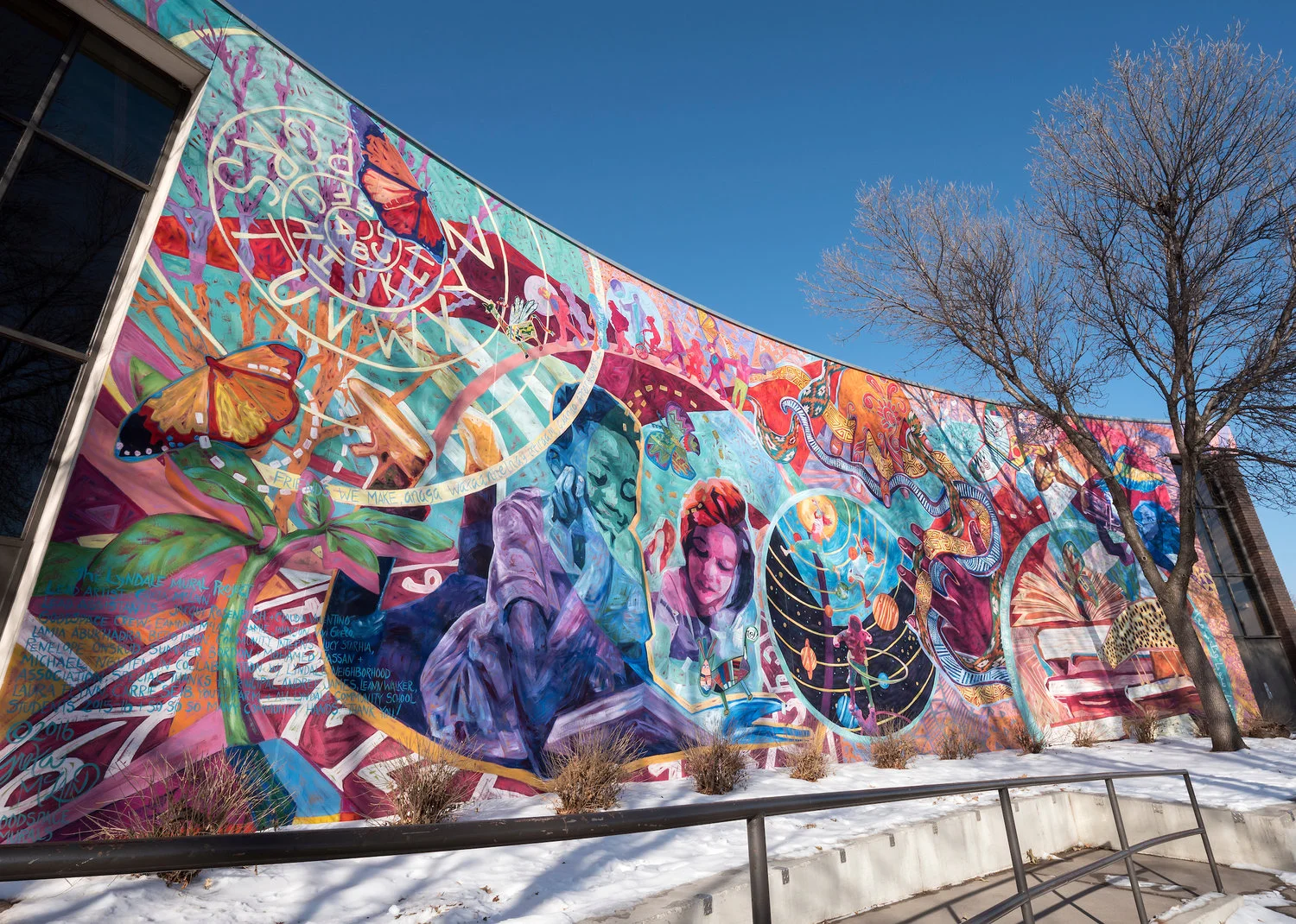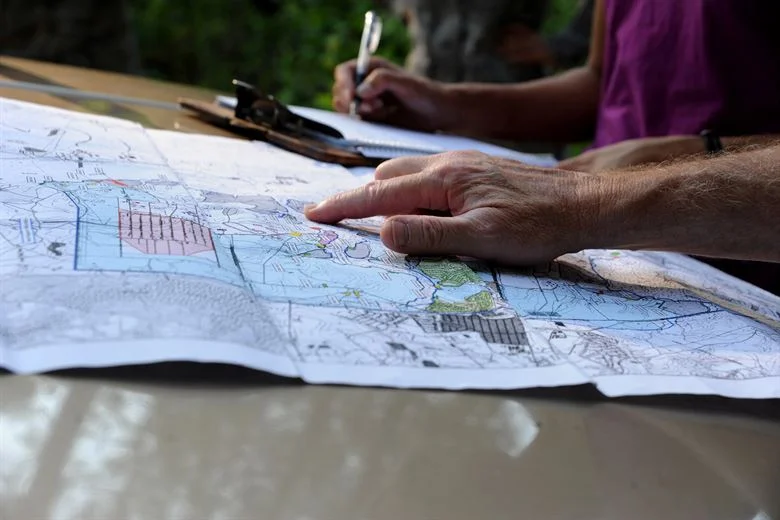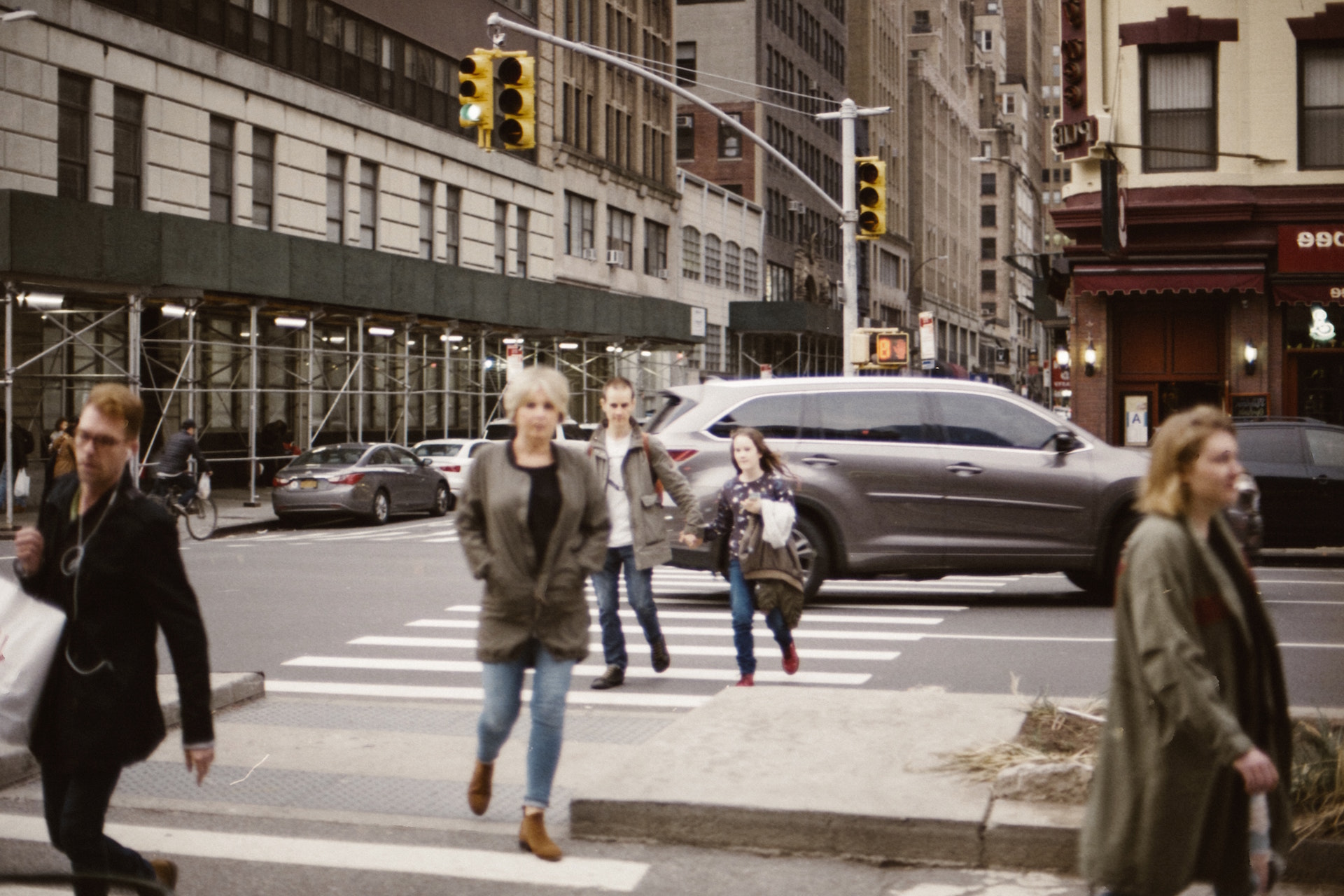Don’t miss our top 5 recent stories! In the last few days we’ve covered historic zoning reform in the Pacific Northwest; the lessons of European urbanism; the transformative power of public art; and our own founder’s journey to understanding the perverse incentives that shaped the world he was building as a young civil engineer.
Read MoreA failed mall can feel like a monument to your community’s economic failure. A presidential hopeful has an idea to bring them back to life. But is it a good thing?
Read MorePre-order your copy of Strong Towns: A Bottom-up Revolution to Rebuild American Prosperity to get in on the action.
Read MoreAnother spate of headlines suggest that rapid suburban growth means that Millennial homebuyers must prefer the greener pastures of suburbia to life in inner-city neighborhoods. Here’s why the real story is not that simple.
Read MoreThe best judgments are made with a “scout” mindset—your job is to survey the terrain and understand it—rather than that of a “soldier” whose job is to win a battle (or an argument). A social scientist explains the difference.
Read MoreTo coincide with the release of Strong Towns: the book this fall, Strong Towns founder Charles Marohn is hitting the road on a coast-to-coast Strong America Tour! We have dozens of stops in the works, and we’re excited to finally be able to officially announce a few of them.
Read MoreGreta McLain—Artistic Director at GoodSpace Murals, a Minneapolis-based organization that promotes community development through public art—shares how you can use public art to build community in your own city or town, including how to create a tribe of public art advocates in your community, and how to turn stakeholders leery of public art into advocates.
In a suburban development pattern, the cul-de-sac is the gravy. It’s the cherry on top. It should be the most profitable part of the system, the place with the most tax base for the least amount of cost. If that’s not true, then something is terribly wrong with our model of growth.
Read MoreDuring a semester in Spain, I realized that an urban, walkable place need not imply high rise buildings, crazy traffic and overcrowded streets. Traditional development offers the convenience and productivity of urban living at a small-town pace.
Read MoreWe’re hiring a full-time Content Manager to help us manage our content production process, support our Content Team, and grow our movement. Our hiring process is a little unconventional, so find out here how to apply.
Read MoreIn very simple terms, infrastructure is a platform for expanding wealth. If infrastructure doesn’t expand our wealth enough to justify its construction, it’s not an investment. It’s merely a form of consumptive spending.
Read MoreWe will not be publishing on Thursday, 7/4 or Friday 7/5. Happy 4th of July to our U.S. readers!
Read MoreOur next Ask Strong Towns: Celebrity Edition webcast features two rock-star local organizers who have advanced the Strong Towns movement in their cities: Jim Hodapp of Strong Indy, and Jordan Deffenbaugh of Strong Towns Sioux Falls. This live, members-only webcast is coming your way on Tuesday, July 23rd!
Read MoreRafa Wright—Detroit native, community leader, and soon-to-be owner of a new, Detroit-based neighborhood grocery—shares how you can make neighborhood-led investments in your community, including how to observe where people struggle, how to find the right investments for your neighborhood, and how to get your neighbors involved in the process.
Read MoreThe growing movement to end exclusive single-family zoning—as Oregon just did in its cities—is not a radical or untested experiment: it’s a return to a historical norm. The actual radical experiment is the strange notion that a neighborhood should be required to contain only one type of home.
Read MoreU.S. drivers are killing 50 percent more pedestrians than a mere decade ago; meanwhile, European drivers are killing a third fewer. Why?
Read MoreEarly in my career, I helped plan a highway bypass for a small town that I was sure would generate a positive return on investment in the form of economic growth. The only problem? The actual numbers we calculated told a different story.
Read MoreWhen we do the math, we find that preserving historic buildings and districts is the best thing we can do for our cities’ economic futures. Utica, New York should consider this when choosing where to locate a new hospital campus.
Read MoreThere are huge swaths of 1950s and 1960s suburbia that need a bit of TLC—and expensive, top-down “sprawl repair” isn’t going to be up to the task. What’s required is a more patient, grassroots approach. Urban planner John Yung has some ideas.
Read MoreGot potholes? Can’t get federal funding for routine street maintenance? That’s what you think! As it turns out, there are all sorts of ways that cities game that system.
Read More



















